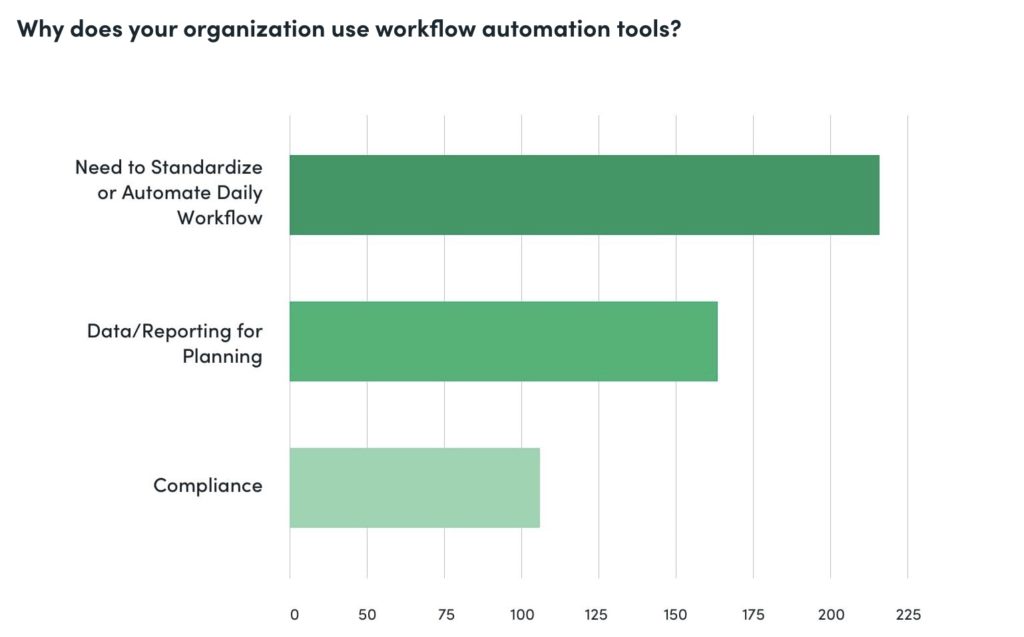
Digital advertising in healthcare is how your manufacturing company reaches more leads through online avenues. Examples of digital avenues include paid ads, content marketing, and social media.
On average, for every $1 you invest in advertising, you will receive $8 in profit. However, you don’t have to pay for all types of advertising. Continue reading to explore seven ways, both paid and free, to advertise your healthcare manufacturing business online.
Key Takeaways
- You can use SEO to promote your website for free or get immediate results through PPC ads.
- You can use social media to post marketing content, paid ads, and influencer promotions.
- Email marketing allows you to connect personally with your customers.
7 Digital Advertising Strategies for Healthcare Manufacturers
Here are several digital advertising methods that you can implement in your marketing strategy to reach a greater audience.
1. Paying for Display Ads
Display ads are banners and sidebar ads that people encounter during their online activities. These ads are often customized based on consumers’ internet behavior and interests. Therefore, your healthcare supply ads are most likely to appear to healthcare professionals.
For paid display ads, you usually only pay when people click on the ads. Since 65% of consumers regularly click on ads, you are likely to regain any investments in the ads.
Here are some common places to display your paid ads.
- Website banners
- Website Popups
- Facebook sidebar
- YouTube videos
2. Using Search Engine Marketing
Google processes about 75,000 searches every second. It is the most popular search engine. If you want to attract healthcare providers to your manufacturing company, you will need to increase your presence in their searches.
As hospitals and healthcare facilities search for supplies online, they will use specific terms to find what they need, like “healthcare supplies” or the name of specific equipment. Therefore, you can market your products by using those terms in your website content and product descriptions, so they are more likely to rank higher in searches in a process called search engine optimization (SEO).
Sometimes SEO is not enough to get your products seen, primarily if many other businesses compete for those exact words. While you can wait for your online ranking to improve, you can see immediate results by paying for a top position in online searches through pay-per-click ads (PPC).
3. Designing a Website and Ecommerce Store
Your website has the potential to become your most effective healthcare advertising tool. It is a fully customizable space for you to promote products, announce sales, and provide valuable information that encourages healthcare providers to purchase from you.
You can use your website for every stage of the sales funnel. First, it attracts leads through SEO or PPC. Next, it informs your leads about your products and business. Then, it allows them to purchase those products right through your website. Lastly, it gives a place for healthcare providers to submit feedback about the medical supplies they purchased.
4. Writing Blogs with a Call-to-Action
Your blog is an organic part of your website that provides a platform for educating your customers about your products and business. You can also use your blog as an advertisement. You do this by promoting products throughout your content and adding a call-to-action (CTA) at the end of each post. Sometimes you may even want to add several CTAs throughout your piece. However, be careful of how often you include them, as too many will make your content sound like a lengthy sales pitch which is off-putting for your readers.
A CTA tells your readers what you want them to do next. Here are some examples of common CTAs.
- Sign up
- Buy now
- Learn more
- Contact us
They usually are written along with a link that leads your customers to the next step. The most effective CTAs offer something beneficial or free, resolve a pain point, create a sense of urgency, or show how many others have already completed the action.
If you want to reach more consumers, you can guest post on other people’s blogs. For example, you can find a website that reviews medical devices and supplies and ask them to feature some of your products.
5. Interacting on Social Media
You can reach about 72% of adults through social media. Some of the most popular social platforms include Facebook, Instagram, Snapchat, YouTube, Twitter, LinkedIn, and TikTok.
You can use those platforms for advertising new products through paid ads, promotional posts, and tagged posts from satisfied customers.
Social media is also a place to interact with customers through forums and groups. For example, when healthcare professionals ask for recommendations, you can post links to your products and promote your brand.
6. Asking Influencers to Promote Your Products
Sometimes the best way to advertise your products is by getting someone else to do the promotions. About 90% of people believe influencer marketing is effective. It is even becoming a popular healthcare marketing trend.
The reason influencers are often more effective than business promotions is because influencers are more authentic and build better trust. Customers expect a business only to share the benefits of their products. However, when an outside person also backs products, other consumers are more inclined to listen.
Some healthcare influencers include nurses who post tips on YouTube, doctors who show their daily lives through TikTok, and medical professionals with large followings on Instagram or Facebook. You can pay these influencers to use your products in their content as a means of advertising your business.
7. Sending Marketing Emails
Nearly 90% of marketers use emails to distribute content. Some types of content you can include in your marketing emails incorporate:
- Product promotions
- Sales notices
- Business updates
- Industry news
- Abandoned cart reminders
In addition, many of the people on your email list have already expressed interest in your business. They did so by signing up for your newsletter or previously purchasing products. Therefore, you have a higher chance of them responding positively to your email ads, especially since 49% of consumers like to receive promotional emails from brands they love.
One of the most significant benefits of email marketing is your ability to customize emails for each consumer, such as where they are in the sales funnel, their geographic location, or the type of healthcare facility they operate.
Find a Partner to Help with Digital Advertising in Healthcare
Are you ready to invest in digital marketing for healthcare? Contact us for more information on how we can help with your advertising content.





